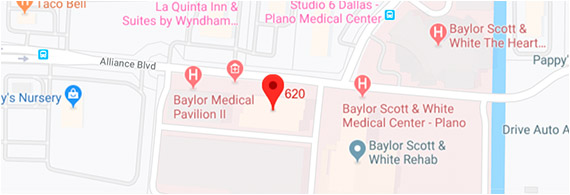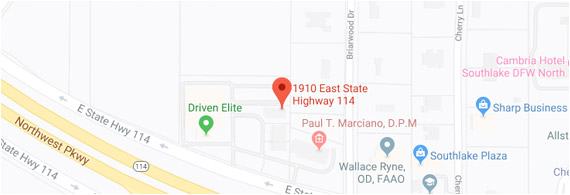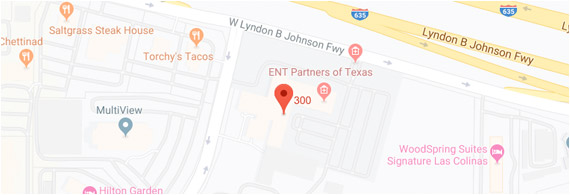Diabetic Retinopathy Dallas
Diabetic Retinopathy is a serious ocular complication of type 1 or type 2 diabetes that can cause blindness. It is the leading cause of blindness in people ages 20-74.
What is Diabetic Retinopathy?
If you have Diabetes, your body does not use and store sugar properly. High blood sugar levels can damage blood vessels in the retina, the nerve layer at the back of the eye that senses light and helps to send images to the brain. The damage to retinal vessels is referred to as Diabetic Retinopathy.
When the excess glucose reaches tiny blood vessels or capillaries, in the retina it causes damage to the blood vessel walls. Damaged capillaries become inflamed, which makes vessel walls leaky or blocks blood flow. When the vessels are leaky, blood and fluid can seep into retinal tissue, which can cause vision loss or tissue damage. When the vessels are blocked, blood cannot reach retinal tissue to provide it with oxygen and tissue damage can also occur. In both scenarios, the retina is not getting enough oxygen.
What Types of Diabetic Retinopathy Exist?
There are two main types of Diabetic Retinopathy: Non-proliferative diabetic retinopathy (NPDR) and proliferate diabetic retinopathy (PDR).
- NPDR (Non-proliferative Diabetic Retinopathy)
- PDR (Proliferative Diabetic Retinopathy)
How is Diabetic Retinopathy Treated?
There are treatment options available for each of the stages of Diabetic Retinopathy:
- ALL STAGES: The best treatment for diabetic retinopathy in all stages is to control your diabetes and to be followed by an Ophthalmologist at least once a year (and more frequently if needed).
- Mild Non-Proliferative Diabetic Retinopathy: When you have mild diabetic retinopathy without Macular edema, the best treatment is close observation by your Eye Care Provider and tight control of your blood glucose. In some cases, Diabetic retinopathy may worsen. Rarely, it can go away on its own with close observation by your eye care provider.
- Macular Edema: If you have Macular Edema, you may need laser surgery or an injection of medication into the eye to help the swelling resolve.
- Severe retinopathy or proliferative diabetic retinopathy requires a different laser surgery to stop the new blood vessels from growing.
- If the new blood vessels have leaked into the jelly filled cavity of the eye, surgery may be indicated to remove the jelly from the eye to improve vision.
What Can I Do?
- Controlling your blood sugar, exercising, and having a healthy diet are the best ways to decrease your chances of getting diabetic retinopathy.
- It is important to check your blood sugar every day and visit your Endocrinologist
or Internist regularly. - All diabetics should get a Dilated Eye Exam by an Ophthalmologist or Optometrist at least once a year to check for diabetic retinopathy




